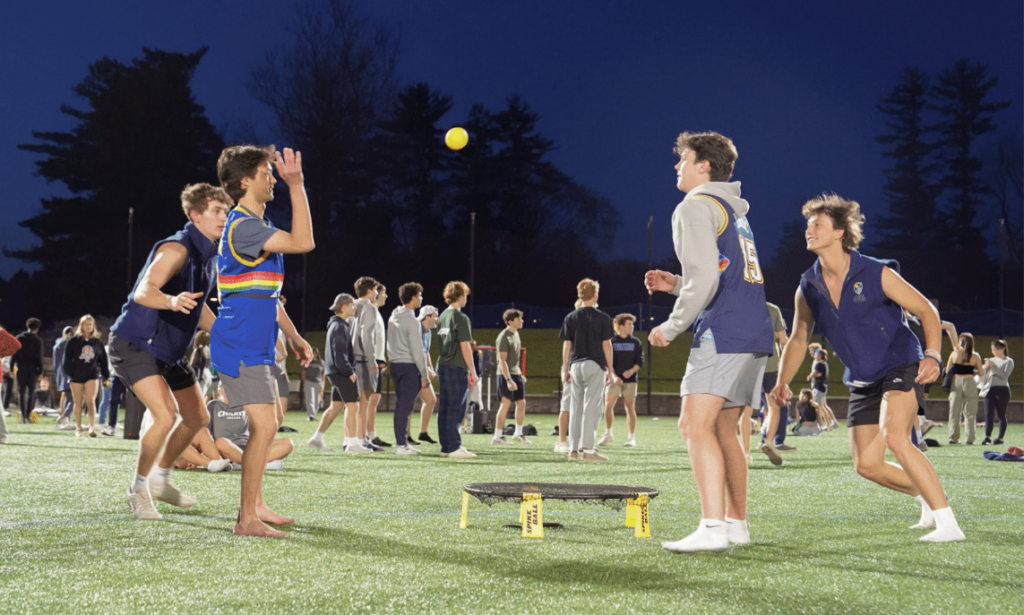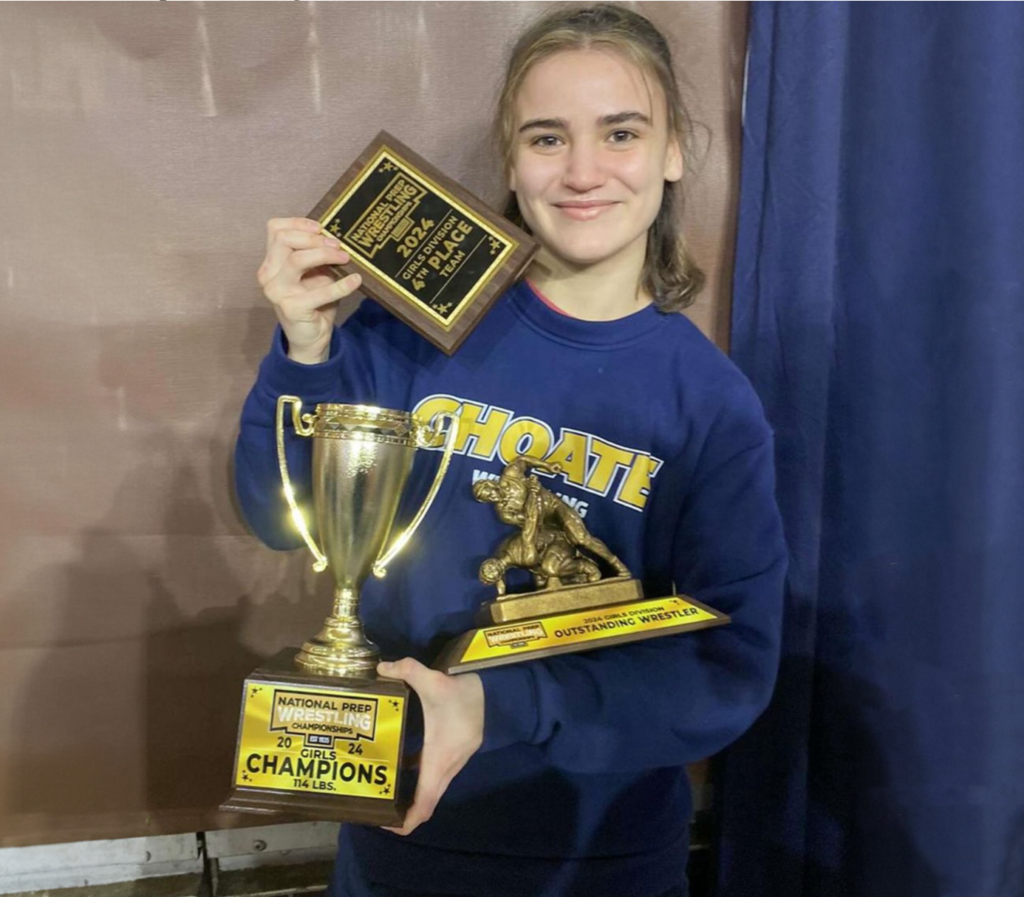
Apply, wait, wait some more, decide. This is the all-too-familiar college application process for many high-school students. For athletes intending to play at the collegiate level, however, the steps are decidedly different.
The process itself varies greatly from student-to-student as well as from sport-to-sport. Additionally, it is heavily regulated to protect students as well as ensure that colleges can select candidates that would make significant contributions to their institutions. Two athletes shared their individual experiences with the recruiting process: Morgan Skoda ’22 and Adam Carroll ’23.
Skoda is a four year senior and Co-captain of the Girls’ Varsity Ice Hockey Team. Most recruiting journeys start with communication with college coaches, whether via telephone, brochures, or e-mail. According to the National Collegiate Athletic Association’s (NCAA) Official Recruiting Guide, the earliest any direct communications can occur between athletes and coaches is June 15 following the athlete’s sophomore year in high school. “You send out emails reaching out to coaches, you make phone calls and you get exposure by doing college showcases and or doing college camps at specific schools that interest you,” Skoda said.
College showcases and camps are an excellent way to receive exposure. Although deals are not necessarily signed court-side at such events, they often help athletes stand out from a generic pool and increase their overall chances of being recruited. Playing with a well-known club team may also improve the chances of being recruited. “My club team is more viewed by college coaches since it is a travel team and so sometimes when we play near or at colleges the coaches watch our games … it’s an opportunity for coaches to see [me] play,” Skoda said.
Once initial interest is established, the NCAA regulates that an athlete may only have seven physical contacts with a coach in one school year, which runs officially from September 1 through May 31. Physical contacts are officially classified either as a face-to-face discussion or as an evaluative contact where an athlete may play in front of a coach. During the summer however, physical contacts are not capped, increasing the opportunities an athlete may be scouted during so-called “summer showcases.”
Finally, college coaches can extend verbal offers to students, with some doing so as early as an athlete’s sophomore year. “You make a decision based on your feelings from the school, depending on the talks you had with the people you’ve spoken to, who are either alumni or currently students,” Skoda commented. After offers have been extended, the process of choosing which institution to attend is nearly analogous to non-athlete applicants.
Carroll is a junior who committed to the College of the Holy Cross to play Division 1 Men’s Lacrosse this November. Although the NCAA has slightly different regulations and dates for Men’s Lacrosse recruiting, the general process is very similar to Skoda’s.
Lacrosse can be thought of as a yearly cycle of reaching out, showcases, and commitments. The cycle starts in August with a period during which physical contacts between coaches and athletes are allowed. Next, there is a “dead period” during which no contact is allowed between respective parties. This dead period concludes at the beginning of the school year, where evaluations are re-opened.
Although lacrosse is a spring sport, this fall period is when most club teams play, taking advantage of this contact period. “The club and Founders’ circuit is where all the skill and team development shows itself. At the end of the day, colleges are looking for [athletes] who can play and these game situations are where they see what you are made of,” said Carroll. The spring is another contact period, concluding the cycle of recruiting for Lacrosse.
“Of the schools I visited, Holy Cross is where I felt most comfortable with both the guys on the team, coaches, and the atmosphere of the school,” Carroll commented when asked about in-person visits to colleges. “Taking those visits and meeting the coaches and hearing their pitch was a big part of the process [for] me.” Big lacrosse schools even offer banquets as a part of their school visit process in order to attract prospective athletes. Like revisit days for their normal applicant counterparts, now the burden is on the school to convince students to attend in the fall.
“My advice would be to take it easy on yourself and always remember that your sport is just a game and it should always be fun,” concluded Carroll.



